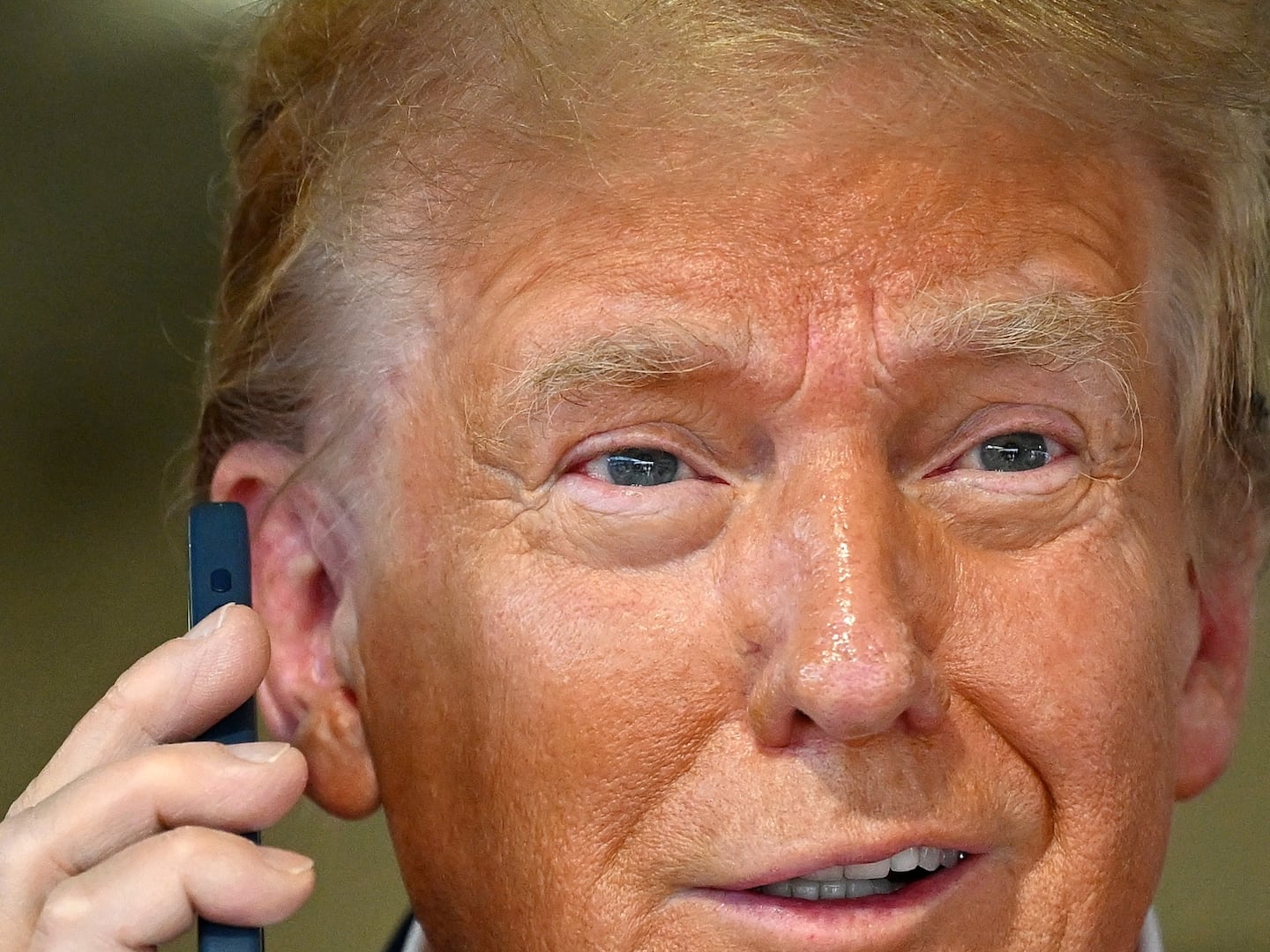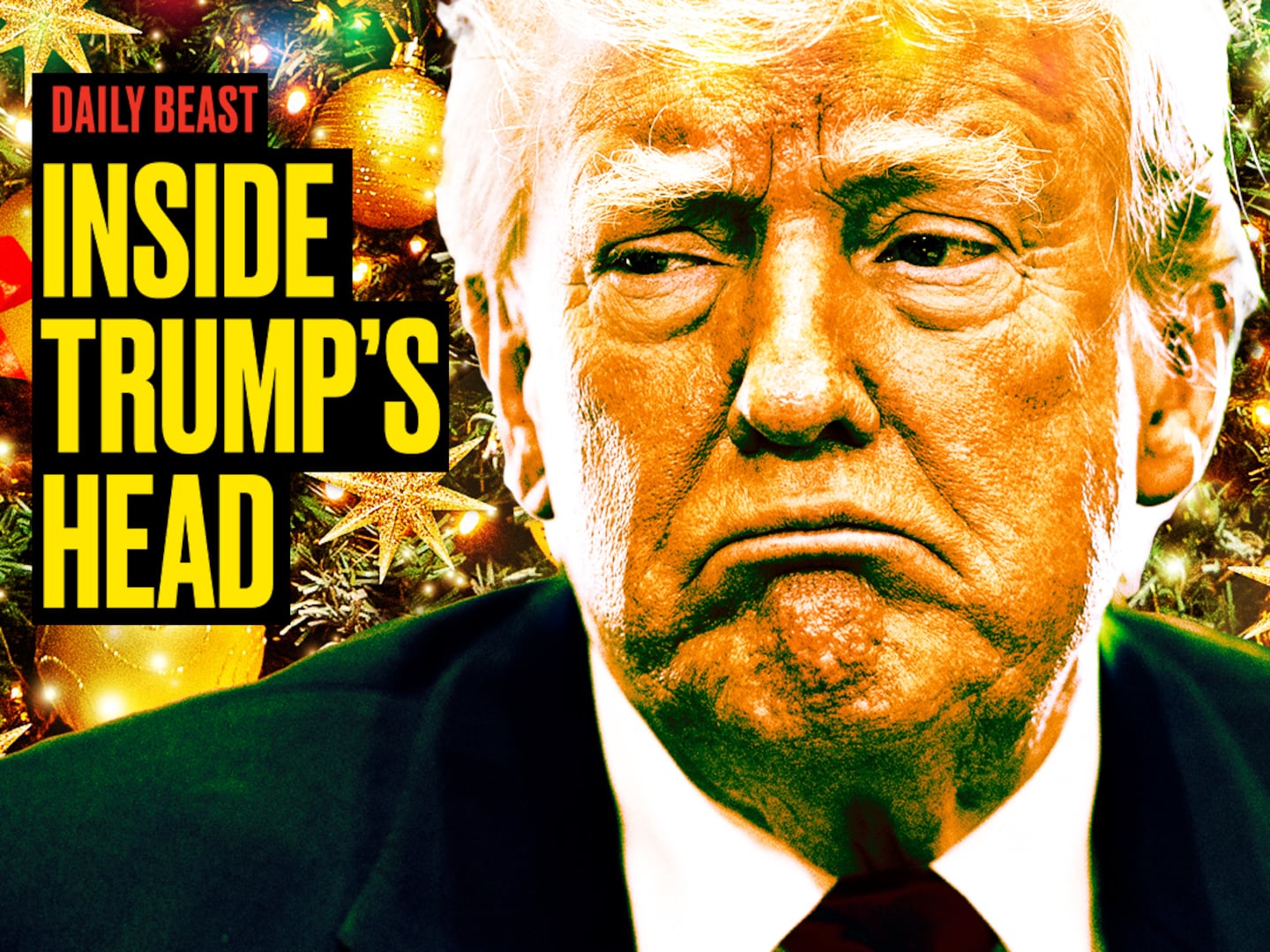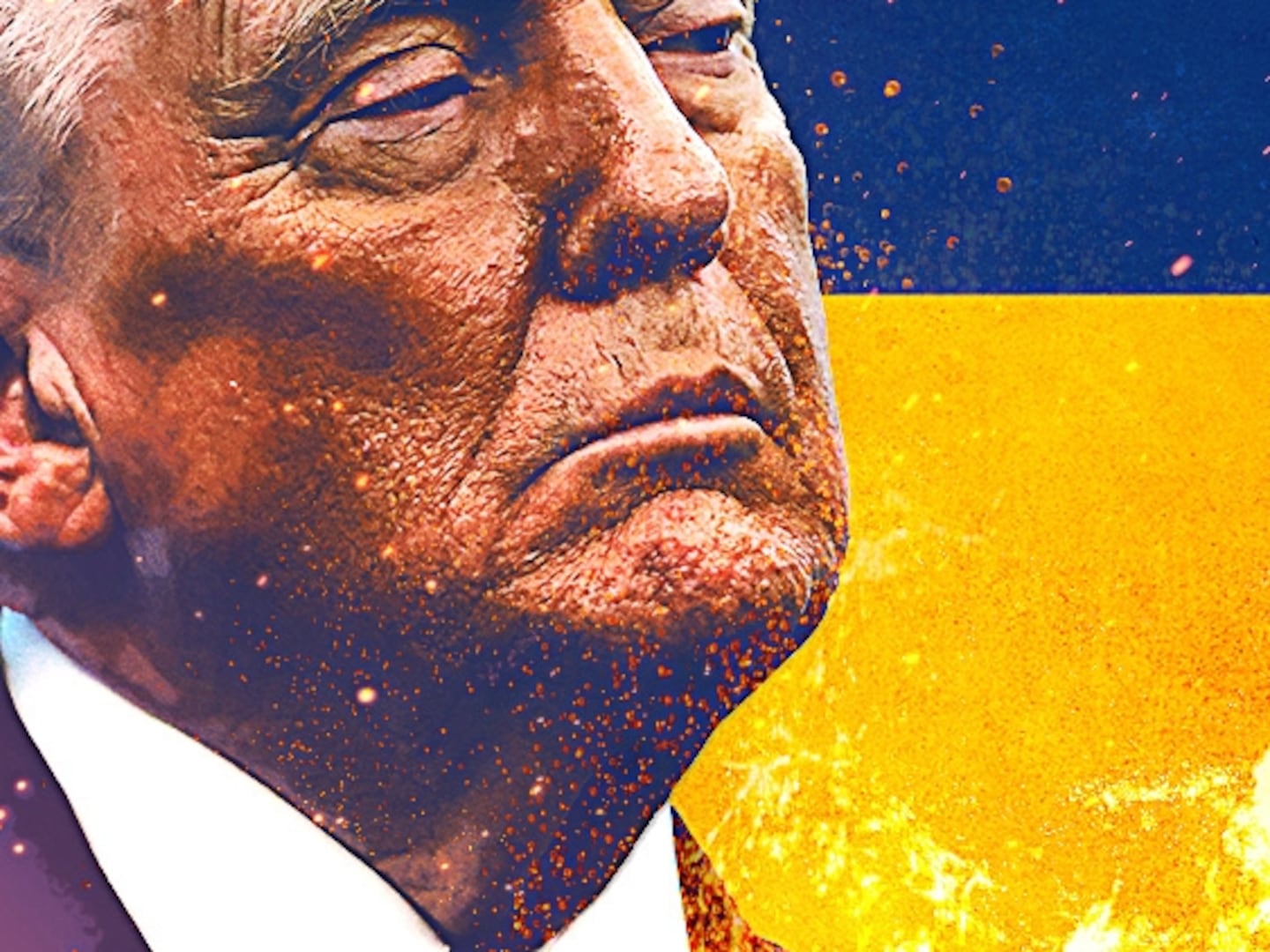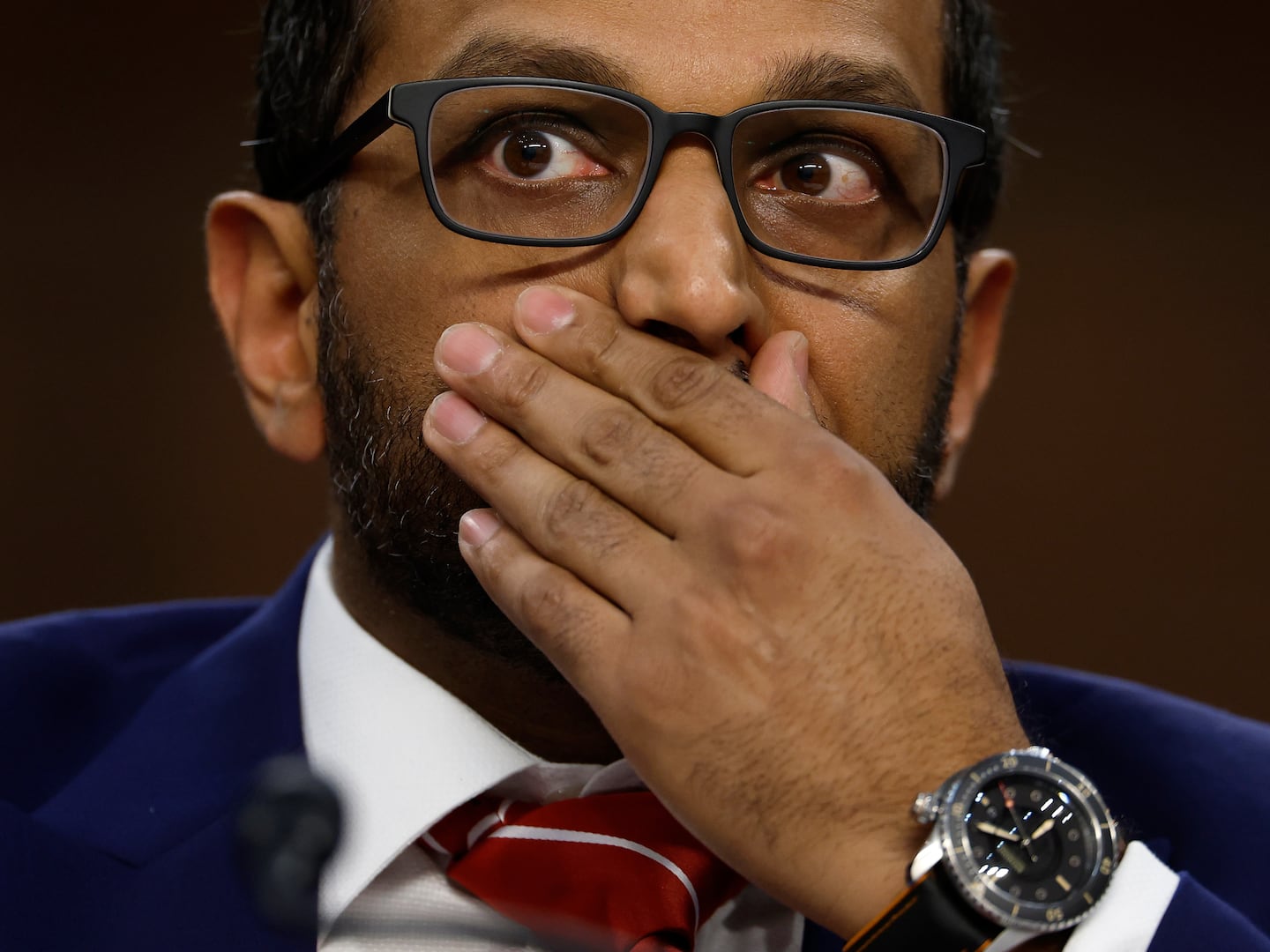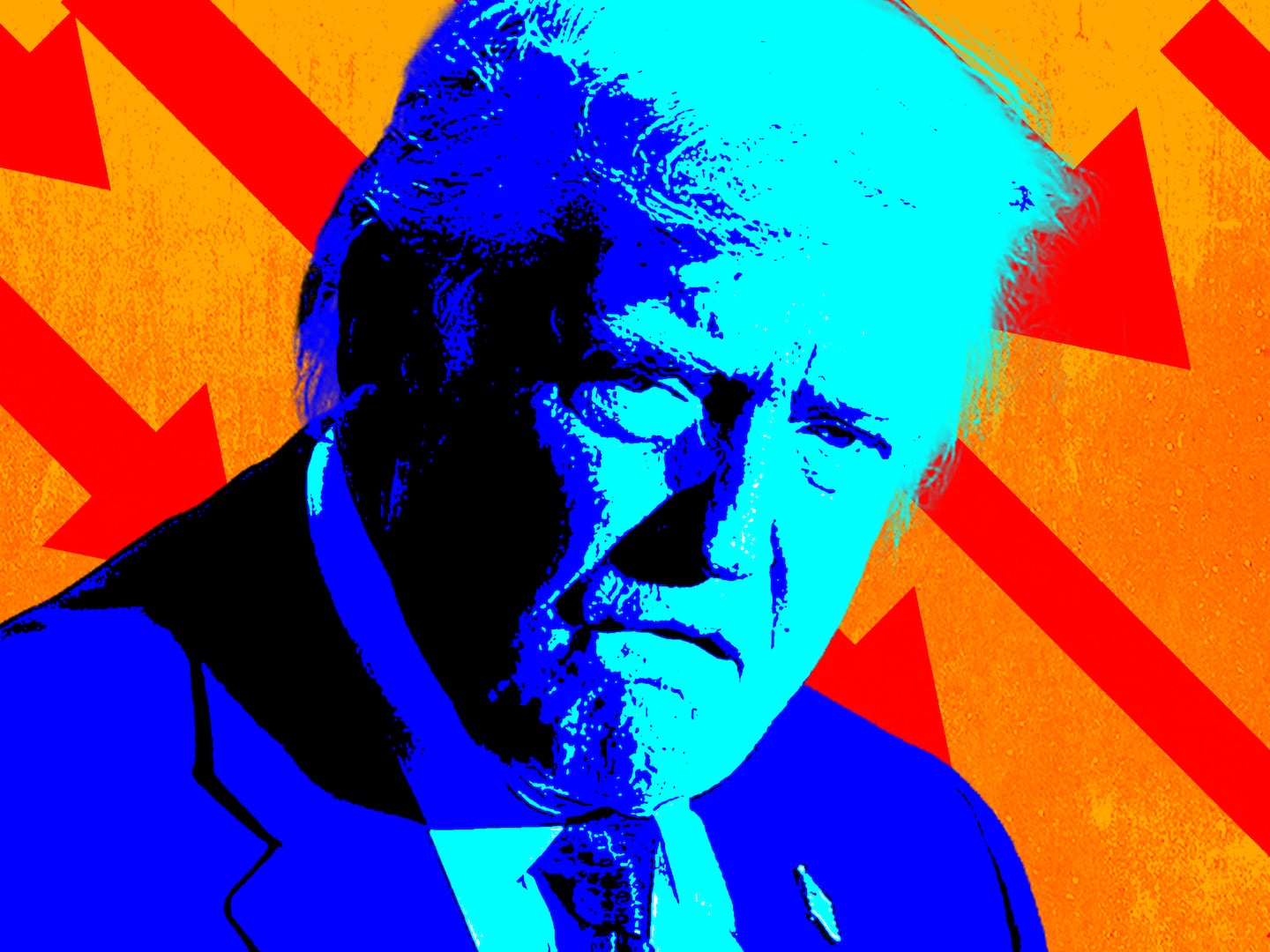
At the New York Times today, Jonathan Martin summarizes the conventional wisdom on presidential nomination contests:
For generations, the two major political parties have taken strikingly different approaches to picking their presidential candidates: Republican primaries usually amount to coronations, in which they nominate a candidate who has run before or is otherwise deemed next in line, while the Democratic contests are often messier affairs, prone to insurgencies and featuring uncertain favorites.
Or, as former President Bill Clinton likes to put it, “Republicans fall in line and Democrats fall in love.”
Hillary Clinton, he argues, throws a wrench into the system. This time, Democrats have a “next in line,” while Republicans are fighting to find a frontrunner.
This is a great narrative, complicated by the fact that it isn’t true. Or at least, pace Martin, it’s overstated to the extreme. To wit, a quick look at the 20th century will show that these “patterns” are anything but.
Let’s look at the GOP. In the pre-World War II era, there were six Republican nomination contests, and neither had a “next in line.” The winners were either new to electoral politics—Wendell Wilkie—or prominent politicians who hadn’t run in the past.
The same goes for the first two decades of the post-war period. Of the four Republican presidential nominees from 1948 to 1968, only two were “next in line”—Thomas Dewey and Richard Nixon. Neither Dwight Eisenhower nor Barry Goldwater had run for the nomination before securing it in 1952 and 1964, respectively.
Of course, in those days, the process for both parties was radically different from today. Then, nominees were all but chosen by party elites. The mass primaries of the modern era don’t begin until 1972. Even then, however, it’s hard to establish a pattern. In the forty years since the reforms of the 1970s, the GOP has had six open primaries: 1980, 1988, 1996, 2000, 2008, and 2012. In three of those—Ronald Reagan in ’80, George H.W. Bush in ’88, and Bob Dole in ’96—the party nominated an obvious choice.
The problem, as pointed out by political scientist Jonathan Bernstein in a column last year, is that there’s more than one way to describe each contest. In all three, you could say that Republicans chose the “next in line.” Or, as Bernstein notes, you could say that “nomination fights aren’t necessarily level playing fields, and that each of these candidates entered with other large advantages.” These advantages—Reagan’s status as a prominent party leader, Bush’s as a sitting vice president, and Dole’s as Senate majority leader—are powerful, but they are determinative. Indeed, in each case, the eventual winners faced fierce competition. Neither walked easily to victory.
As for the other three fights? George W. Bush was new to national politics, which leaves us with John McCain and Mitt Romney. And here is where you run into trouble. While John McCain fits as a “runner-up,” the same isn’t true of Mitt Romney, who came in third place in 2008. By the standards of conventional wisdom, it’s Mike Huckabee who was next in line for 2012.
You could, I suppose, broaden the definition of “runner-up” to include Romney. But—to borrow from Bernstein—you have a “rule” that proves too much. Suddenly, anyone who ran in a previous presidential contest becomes someone who can fit the “pattern” assigned to Republican nomination fights.
The easy way fix this is to admit that there is no pattern. That open contests are up in the air, but that candidates with strong credentials are more likely to win than those without.
As for the Democratic Party? If you’re so inclined, you should walk through the list of its 20th century nominees. What you’ll find is a mixed bag. In some elections—contra the conventional wisdom—you have a clear “next in line”: William Jennings Bryan in 1900 and 1908, Harry Truman in 1948, and Adlai Stevenson in 1956. It’s not until 1968 that you see “chaotic” Democratic primaries, and even then, there’s less than meets the eye: In 1984, Democrats nominated a former vice president—Walter Mondale—and in 2000, a sitting vice president.
Because of Hillary Clinton’s stature as a politician, this seems like a unique nomination fight, and in one sense—Clinton’s gender—it is. But that’s it. If there’s a dynamic to the 2016 presidential contest, it’s one we’ve actually seen for generations—strong credentials are mostly, but not always, rewarded—and not the narrative we’ve imagined.


